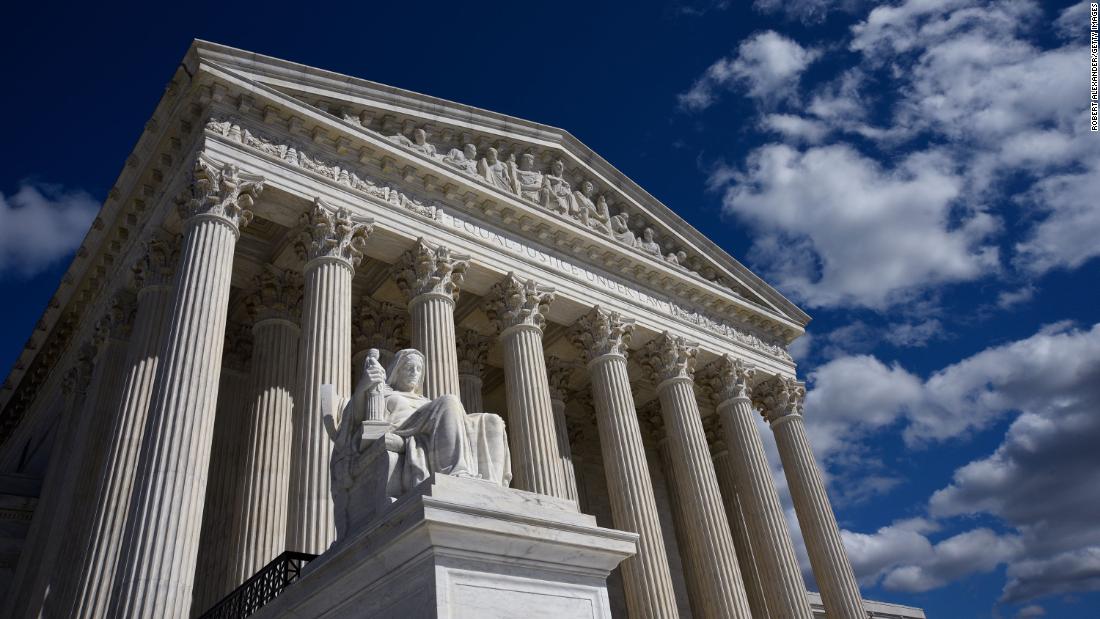I would say you’re in the neighborhood, but still missing a few points. The SAK comparison comes because the AR-15 (Armalite Rifle 15) and similar types of rifle can serve multiple uses. From defense of home to defense of homeland and everything in between, the AR can do that job well.
The term ‘assault rifle’ has a very specific meaning. It is a lightweight, select fire (semi or full auto) rifle in an intermediate caliber. An intermediate caliber(5.56, 7.62x39) is defined as one that is more powerful than a pistol caliber (9mm, .45) but less powerful than a full power rifle caliber (.308/7.62x51, .30-06, 7.62x54r). The lack of select fire renders most ARs in the public’s hands ineligible for this definition.
The term ‘assault weapon” is one with a nebulous definition existing only in legislation and advocacy literature written by folks who are not well versed in the subject. (Generally a semiautomatic firearm with a collection of mostly cosmetic features.) To be blunt, it was a term invented by gun control advocates because it sounds scary.
I focus so much on the terminology because it has long been used in weaselly manner to muddy the issue.
Overall, I am unsurprisingly in agreement with this ruling, but I also believe it to be very well crafted and worth measured reading and consideration by those who disagree with it. In particular I do like that Judge Benitez not only draws from more recent case law, but is also drawing from Miller vs The United States. For the folks that would argue that “weapons of war” are not what are protected by the 2A, I would strongly suggest looking into that judgement.

www.cnn.com
